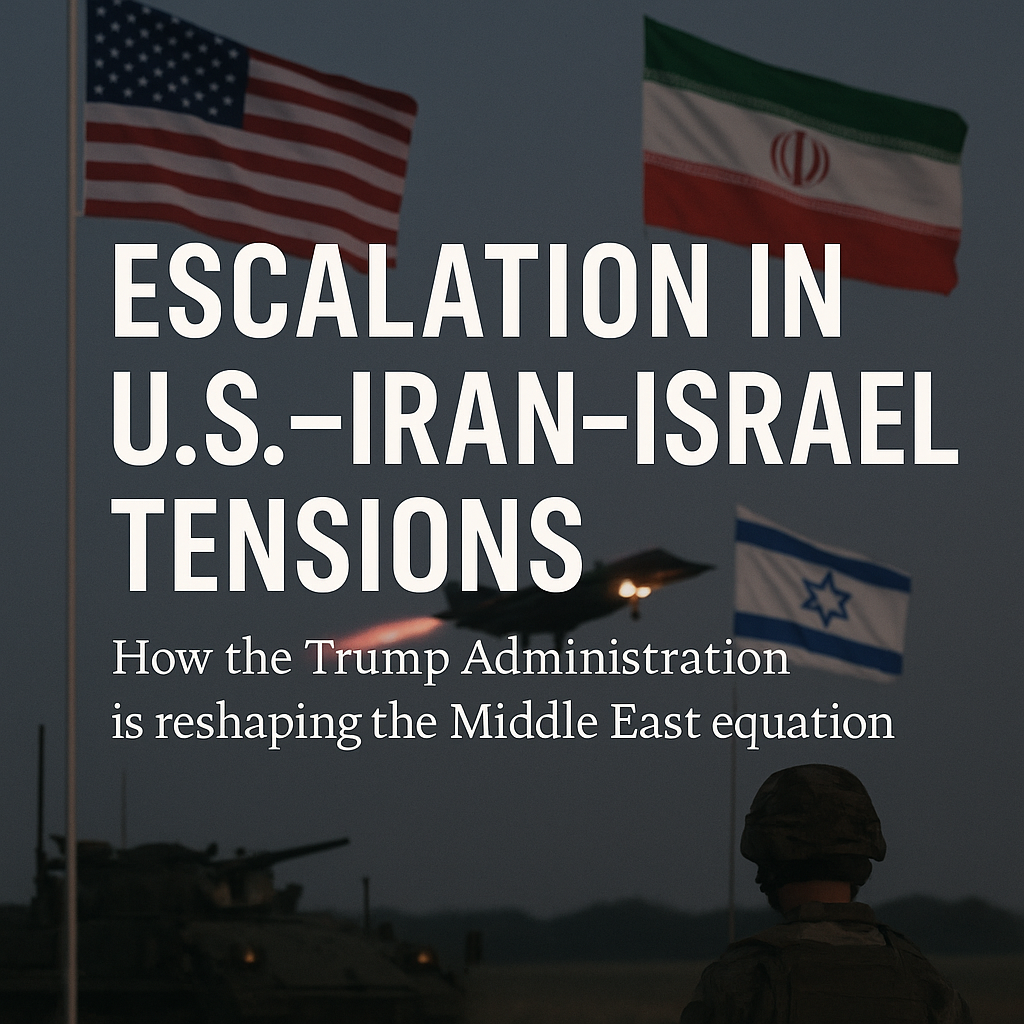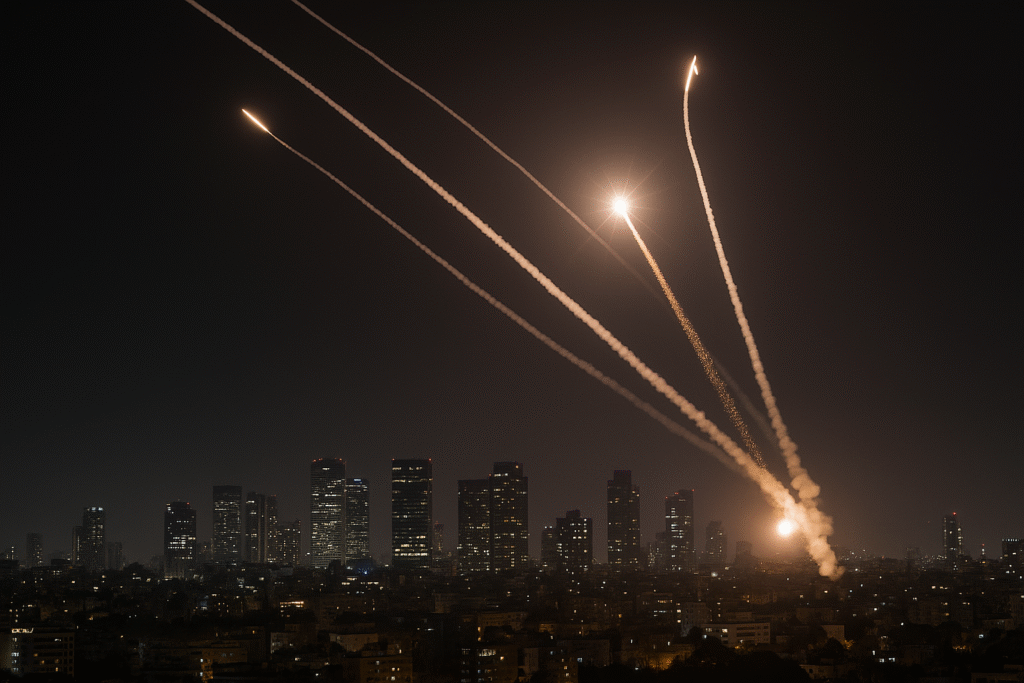With Trump’s return to the White House, U.S. strikes on Iran’s nuclear facilities and Israel’s high alert posture are pushing the region into a new phase of volatility. Is the Middle East headed toward war or a new diplomatic reset?
A Familiar Confrontation, Now in a New Landscape
In June 2025, a sudden U.S. military strike shattered the already fragile balance in the Middle East. Since Donald J. Trump’s return to the White House, the United States has wasted no time in reviving its “maximum pressure” policy on Iran. In just a few months, tensions have surged dramatically—especially after the U.S. launched precision airstrikes on three of Iran’s key nuclear facilities on June 21. As Iran vowed retaliation and Israel raised its military alert level, the region has once again reached a boiling point.
The Trump administration has been openly hawkish, declaring its intention to “restore American deterrence” and naming Iran’s nuclear program as a top threat. Trump characterized the strikes as a “necessary preemptive action,” while the U.S. Department of Defense hailed them as a “strategic success.” Iran, in turn, condemned the attacks as blatant acts of aggression and promised “proportionate retaliation,” prompting an immediate regional military buildup.
Israel Aligns with Washington While Iran Rallies Its Allies
Prior to and following the strikes, the U.S. and Israel maintained close intelligence coordination. Israeli Prime Minister Benjamin Netanyahu expressed full support for the U.S. move and ordered a nationwide military alert. The Israeli Air Force was placed on 24-hour standby, and border security with Lebanon and Syria was significantly tightened. Multiple emergency cabinet meetings were held to assess regional threats, including the potential activation of Iranian-backed proxies such as Hezbollah and the Houthis.
Meanwhile, Iran launched a parallel diplomatic offensive. It lodged formal complaints at the United Nations and strengthened ties with Russia and China. Iranian leaders also called on their Shiite allies in the region to be on high alert and warned that any future aggression would be met with “reciprocal and decisive” action. The Islamic Revolutionary Guard Corps announced it had identified several regional U.S. and Israeli targets for a potential counterstrike.
The Trump Doctrine: Deterrence with Real Risks
Trump’s second term marks a firm return to the “America First” doctrine, especially in foreign policy. His administration is seeking to reassert American dominance in the Middle East by demonstrating military strength, while also using the Iran issue to solidify domestic political support—particularly from the Republican base and national security hardliners.
However, this approach carries serious risks. The unilateral nature of the strike—without explicit congressional authorization—has triggered a fresh wave of constitutional debate in the U.S. Democratic lawmakers have accused Trump of bypassing legislative oversight and using military action as a political tool. On the global stage, the strike has sent shockwaves through oil markets and shaken investor confidence.
International reaction is sharply divided. While some NATO allies expressed “deep concern,” French President Emmanuel Macron warned that “uncoordinated military action could ignite uncontrollable fires.” China and Russia issued joint statements calling for restraint and advocating for a diplomatic resolution.
Strategic Calculus: Between War and Window for Dialogue
To understand this standoff, one must consider the strategic motivations behind each player:
- Iran is under enormous domestic pressure due to inflation and prolonged sanctions. By escalating its nuclear ambitions and foreign posturing, it seeks both regional leverage and internal cohesion.
- Israel views Iran’s growing influence as an existential threat and remains committed to preemptive defense policies. It has closely aligned itself with the U.S. in both strategy and execution.
- The United States, under Trump, is reasserting a deterrent strategy, but faces constraints from domestic politics, global economic fragility, and credibility issues among allies.
At the heart of the crisis is the risk of miscalculation. A single border skirmish, intelligence error, or proxy attack could spark a larger conflict—one that no party may be able to fully control.
What Comes Next?
The crisis in the Middle East is not just another chapter in a long history of regional tension—it’s a test of global balance in a time of transformation. The Iran–Israel–U.S. triangle is evolving in a world marked by energy transitions, economic uncertainty, and shifting global power structures. Any escalation here could ripple across continents.
While a diplomatic path technically remains open, that window is rapidly narrowing. Unless all three players find a way to climb down from maximalist positions, the Middle East could be heading toward a tipping point—one that redraws the map far beyond the region itself.


